Durgesh Samariya
A Comprehensive Survey on Outlying Aspect Mining Methods
May 27, 2020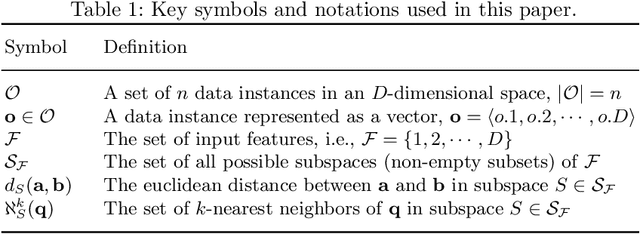
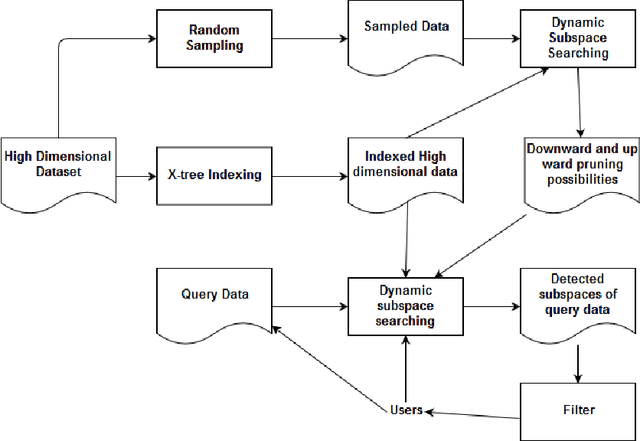

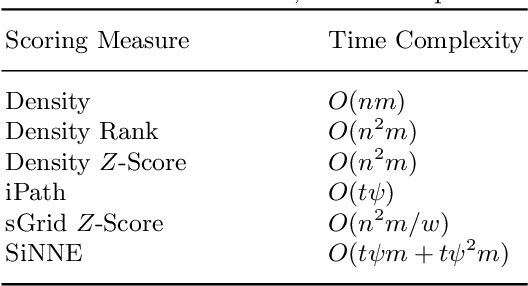
Abstract:In recent years, researchers have become increasingly interested in outlying aspect mining. Outlying aspect mining is the task of finding a set of feature(s), where a given data object is different from the rest of the data objects. Remarkably few studies have been designed to address the problem of outlying aspect mining; therefore, little is known about outlying aspect mining approaches and their strengths and weaknesses among researchers. In this work, we have grouped existing outlying aspect mining approaches in three different categories. For each category, we have provided existing work that falls in that category and then provided their strengths and weaknesses in those categories. We also offer time complexity comparison of the current techniques since it is a crucial issue in the real-world scenario. The motive behind this paper is to give a better understanding of the existing outlying aspect mining techniques and how these techniques have been developed.
A new effective and efficient measure for outlying aspect mining
May 27, 2020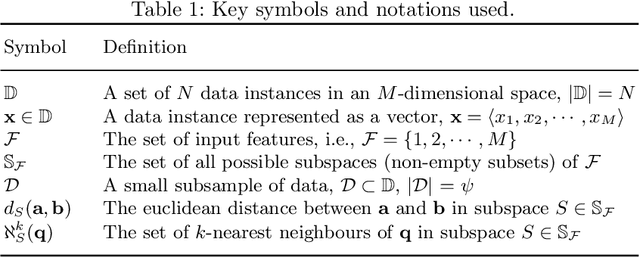


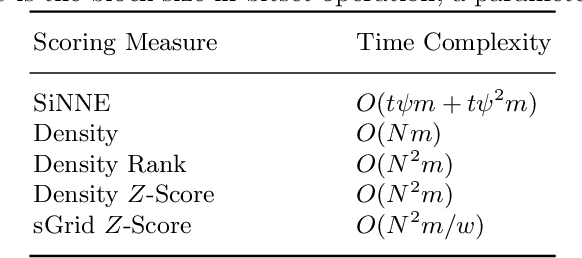
Abstract:Outlying Aspect Mining (OAM) aims to find the subspaces (a.k.a. aspects) in which a given query is an outlier with respect to a given dataset. Existing OAM algorithms use traditional distance/density-based outlier scores to rank subspaces. Because these distance/density-based scores depend on the dimensionality of subspaces, they cannot be compared directly between subspaces of different dimensionality. $Z$-score normalisation has been used to make them comparable. It requires to compute outlier scores of all instances in each subspace. This adds significant computational overhead on top of already expensive density estimation---making OAM algorithms infeasible to run in large and/or high-dimensional datasets. We also discover that $Z$-score normalisation is inappropriate for OAM in some cases. In this paper, we introduce a new score called SiNNE, which is independent of the dimensionality of subspaces. This enables the scores in subspaces with different dimensionalities to be compared directly without any additional normalisation. Our experimental results revealed that SiNNE produces better or at least the same results as existing scores; and it significantly improves the runtime of an existing OAM algorithm based on beam search.
 Add to Chrome
Add to Chrome Add to Firefox
Add to Firefox Add to Edge
Add to Edge